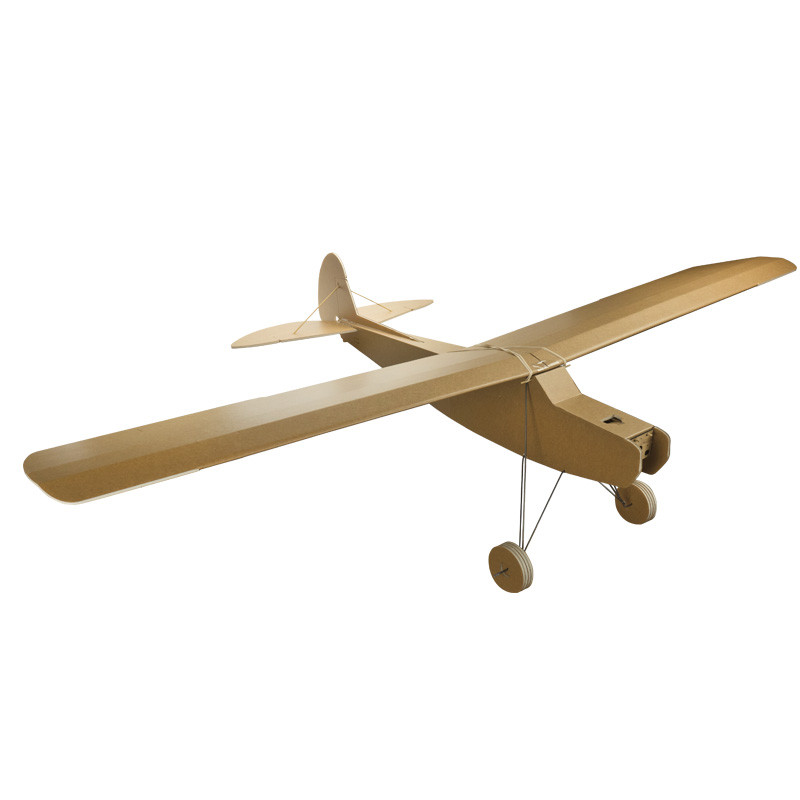Allright, het gaat lukken, mn eerste vliegtuigje is in aanbouw, of dit ook effectief het eerste toestel wordt waarmee ik zal vliegen dat kan ik nog niet zeggen.
Het betreft een foam vliegtuig van de fabrikant Flite Test gebaseerd op mijn onlangs gevonden nieuwe favoriete vliegtuig de Fieseler Storch
Dit model is een versimpelde versie er van, vandaar ook de naam Simple Storch.
Hoe dit ding er uit ziet (ongeschilderd) eens hij gebouwd is:

Foto: Flitettest.com will be removed on demand
Het pakketje is gekocht via hun leverancier in Duitsland, Graupner
Donderdag besteld en vandaag in huis, dus dat valt nog heel goed mee.
Het pakket:

De bouw van de versteviging van de vleugels:

De 2 vleugelhelften aan elkaar bevestigd (maar nog niet gevormd):

Zoals je kan zien is het niet echt een klein vliegertje
Minihonda is maar een fractie groter dan de volledige wingspan (1460mm) van het toestel
Morgen of woensdag gaan we de vleugels afwerken
Het betreft een foam vliegtuig van de fabrikant Flite Test gebaseerd op mijn onlangs gevonden nieuwe favoriete vliegtuig de Fieseler Storch
Dit model is een versimpelde versie er van, vandaar ook de naam Simple Storch.
Hoe dit ding er uit ziet (ongeschilderd) eens hij gebouwd is:

Foto: Flitettest.com will be removed on demand
Het pakketje is gekocht via hun leverancier in Duitsland, Graupner
Donderdag besteld en vandaag in huis, dus dat valt nog heel goed mee.
Het pakket:

De bouw van de versteviging van de vleugels:

De 2 vleugelhelften aan elkaar bevestigd (maar nog niet gevormd):

Zoals je kan zien is het niet echt een klein vliegertje
Minihonda is maar een fractie groter dan de volledige wingspan (1460mm) van het toestel
Morgen of woensdag gaan we de vleugels afwerken
